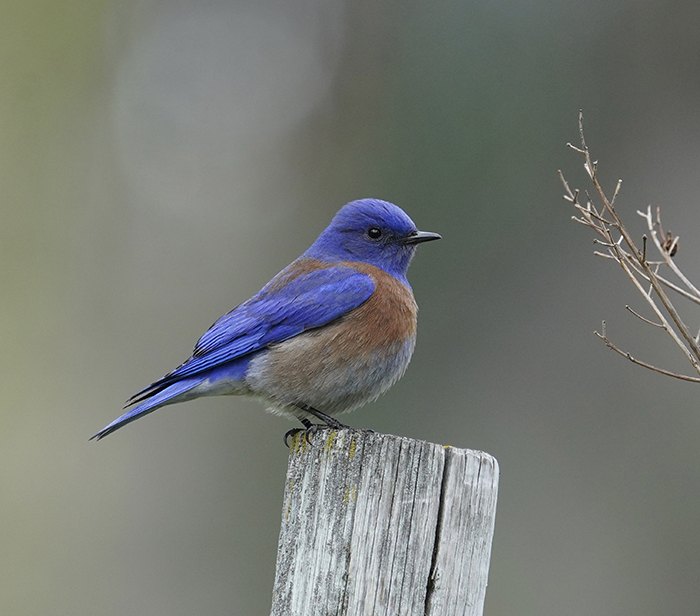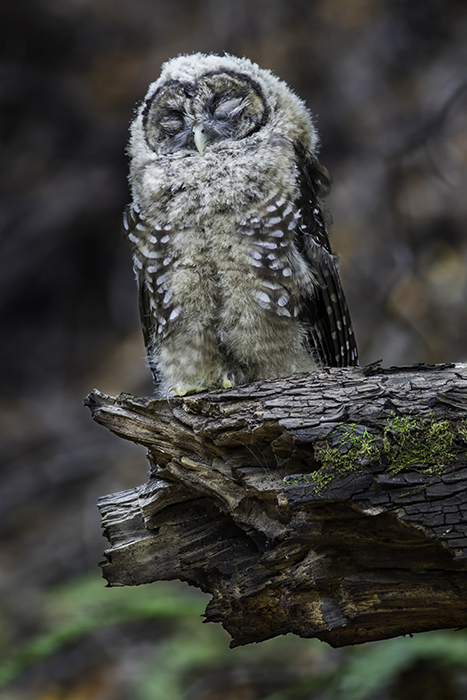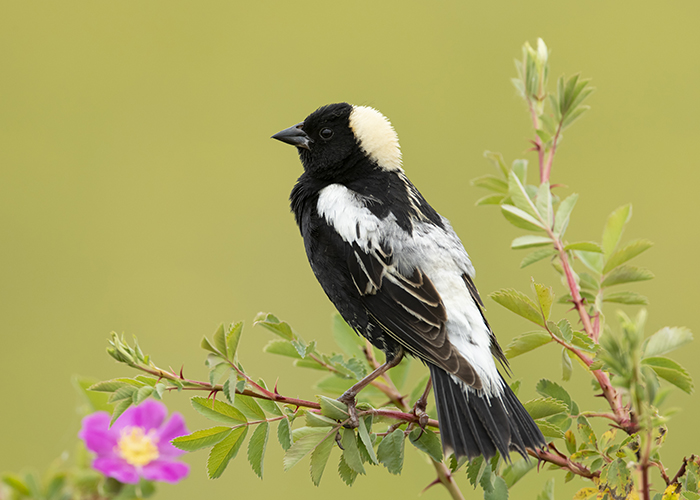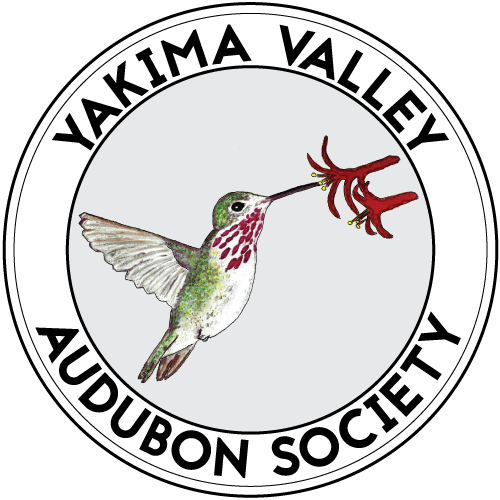Overview of Yakima Audubon Society’s Conservation Work
The Yakima Valley Audubon Society (YVAS) has a wide variety of ecosystems in its “backyard.” From the shrub-steppe of the warm and semi-arid lower elevations, the east slopes of the Cascade Range rise through a mosaic of forest zones to the treeless alpine. Each of these ecosystems faces various threats to its extent and integrity. For about 50 years, YVAS has been an active voice in the discussions surrounding many of these issues.
Starting in 1982, YVAS has focused on Bluebird populations. This is our longest-running conservation project. Over a century of logging in the Ponderosa pine forests of the Cascade Range has vastly reduced the number of mature trees with cavities, cavities that are essential nesting sites for bluebirds and other cavity-dependent species. YVAS constructed and has maintained the Vredenburgh Bluebird Trail in the Wenas Creek region. As of 2023, this trail has fledged nearly 19,000 bluebirds. See Bluebird Trail for more information on this exciting project and how you can help.
In the 1980s and 90s, forest issues were foremost for YVAS. In an effort to save the Northern Spotted Owl, Dan Kinney, longtime Conservation Chairperson, worked tirelessly on various fronts to protect old-growth forests in the Cascades. YVAS continues to work on forest issues, especially efforts to protect snags in the forest, through involvement in forest policy and snag preservation education. See Snag Conservation Working Group for a brochure and video explaining the importance of snags.
In recent years the extent and quality of the semi-arid Columbia Basin shrub-steppe ecosystem has declined dramatically. Fully 60% of Washington’s original 10 million acres of shrub-steppe habitat has been lost to agriculture and development. Much of the remainder has been affected by invasive weeds, reducing its suitability for the unique assemblage of native Great Basin flora and fauna. Invasive weeds, especially cheatgrass, have replaced native plants such as bunchgrass over large expanses of the remaining shrub-steppe. Fires, an integral feature of the shrub-steppe, now “carpet burn” this ecosystem on a vast scale, hugely impacting what remains of the sagelands. Greater Sage-Grouse and Sagebrush Sparrow are just two examples of key species in the shrub-steppe that are now endangered or near-endangered. YVAS takes part in Washington Audubon’s Shrub-steppe Committee, a statewide group committed to stemming the loss and degradation of the remaining shrub-steppe in the Columbia Basin of Washington. To learn more about the shrub-steppe, watch This Land is Part of Us here.
Lewis’s Woodpeckers are an iconic species of the Oregon White Oak ecosystem in the Cascade Range foothills. YVAS collaborated with Washington State Parks at Fort Simcoe to assess possible effects of European Starlings usurping cavities in the oaks, thus displacing the woodpeckers.
At Toppenish Creek, a disjunct population of Bobolinks, a very “snazzy” blackbird, was the focus of a concerted effort by Washington Audubon and YVAS, a project to help reverse the decline of this colony.
Over the past century, the once fabulous salmon runs in the Columbia and Yakima Rivers have dwindled due to the construction of the dams and other barriers that serve hydroelectric and irrigation needs. These dams have resulted in a 90{aaee1b3f5006a8ef21ed423cd59812c346955478dd9345c6c2ffdeb36c0a255e} decline in population of salmon and other fish. Restoration of fish runs is a monumental challenge and the focus of concerted ongoing conservation efforts which YVAS has participated in for decades.
YVAS has also undertaken “Citizen Science“ projects to further our understanding of the birds around us. See Yakima Area Arboretum Bird Banding Project to read about a current project on Golden-crowned Sparrows.
Finally, “green energy“ wind and solar projects, which YVAS supports, are rapidly increasing in eastern Washington. Unfortunately, without adequate foresight, these projects can negatively impact the mosaic of ecosystems, especially the beleaguered shrub-steppe. YVAS, along with Washington Audubon’s Shrub-steppe Committee, has and continues to be, an advocate of proper siting of these important projects to minimize losses to key habitats in the Columbia Basin. Read more about these efforts here.
Andy Stepniewski, 2024

Western Bluebird, photo: Stephanie Black

Northern Spotted Owl: photo, Elyse Omernick

Bobolink, photo: Russel Smith
